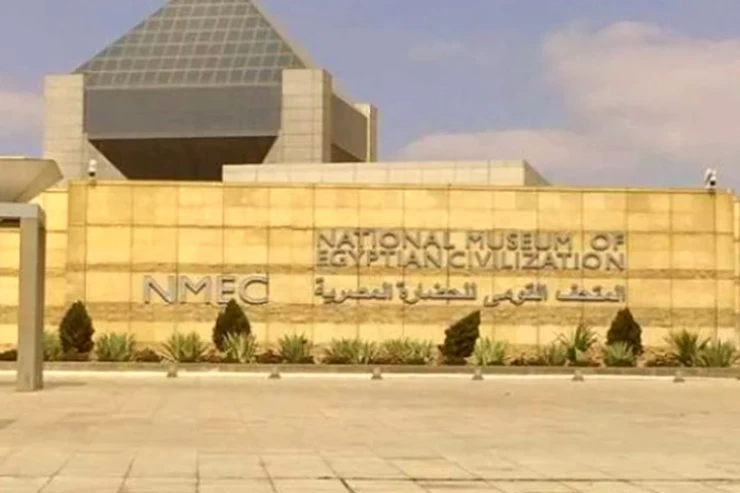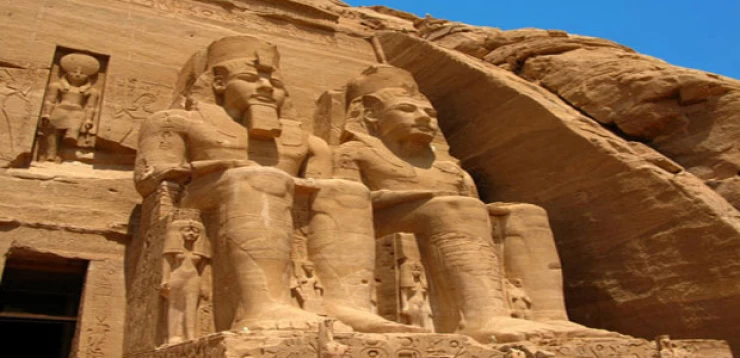
History of Ahnasia
Ahnasia Center is one of the most important centers of Beni Suef governorate. The center was established by a decision of the Ministry of Interior dated 1944/11/15 and was called "Anhasia City", and the designation was amended by Republican Decree No. 1755 of 1965 to: Anhasia.
The center of Anhasia is located in the west of the city of Beni Suef at a distance of about 17 km near the entrance to Fayoum governorate.
The center of Anhasia consists of the city of Inhasia and 5 village local units comprising 31 villages and 112 dependent Manors. The population of the center of Anhasia: 295919 people, distributed as follows: urban, 40853 people, and rural, 255066 people.
The area of the archaeological area is about 390 acres, it contains many remains of temples in which a large group of Antiquities was found, the most important of which are two Quartz statues of Ramses II, and it was an important shrine for tourists to view antiquities, but it fell victim to government neglect, and the center of ehnesia is characterized by illegal trade of antiquities, which made some individuals in the rental of such real estate.
Dr. Mohamed Fathi Amin Mohamed, doctor of plant genetics at Al-Azhar University and is not known to the people of Anhasia because he is a permanent resident in Cairo, and his fame is Dr. Muhammad al-Turki
The history of ancient Ahnesia.
The origin of Ahensia is traced according to a manuscript preface on the Palermo stone.
During the Pharaonic era, Hini was the capital of the 20th province of Upper Egypt. It was inhabited by the Kings of the Pharaohs during the ninth Egyptian dynasty and the tenth Egyptian dynasty until Mentuhotep II attacked and seized it.
Pharaonic monuments.
One of the relics of Ahnasia is on display in the British Museum. Archaeologists Eduard Navil between 1892/1891 and"Flander Petri" in 1904 conducted excavations in it. Research continued in the last century during the sixties, seventies, and eighties, and researchers from Spain participated in the excavations; however, the monuments of Herakleopol have been affected by the rise of groundwater in them.
Dogmatic myths.
Its name is attributed in ancient times to the God Harshaf, distinguished by the titles "the one who is on his Sea", "King of the two Qataris, the first Royal Barry". In this regard, Harashev was paired with the image of RA-horakhti. According to demotic historiography, the city of Nini-NSO was the place of "the Nine Kings chosen by Horshaf and appointed by him".
















